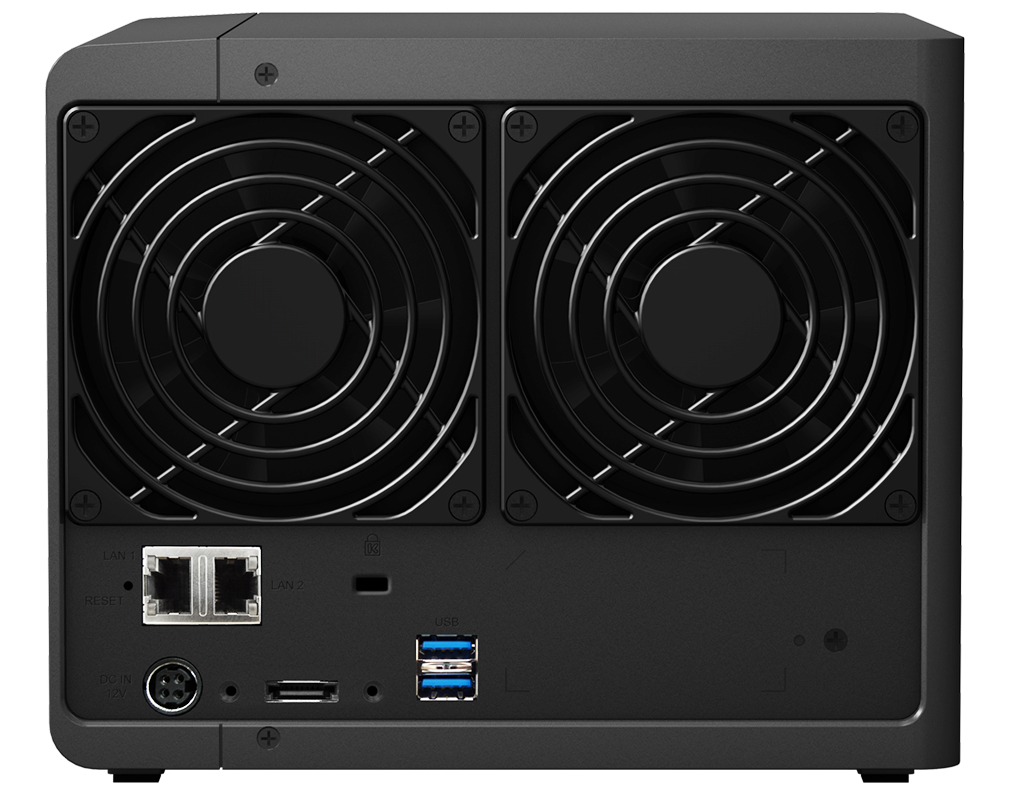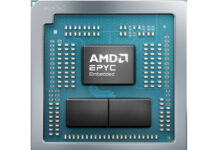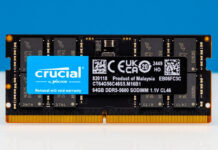Synology has released two new NAS units, the Synology DiskStation DS916+ and DS116. Both target the lower-end NAS segment. The Synology DS916+ offers 32TB in raw capacity in a sub-20dba enclosure. The Synology DS116 offers up to 8TB in a single bay NAS meant for getting some basic network storage.
Synology Disk Station DS916+
The Synology DiskStation DS916+ is a 4-bay NAS. Powering the unit there is a quad core Intel Pentium N3710 CPU at 1.6GHz and 2GB of RAM. We also can see two gigabit Ethernet ports for networking. For external expansion there is an eSATA port and three USB 3.0 ports (one front two rear).
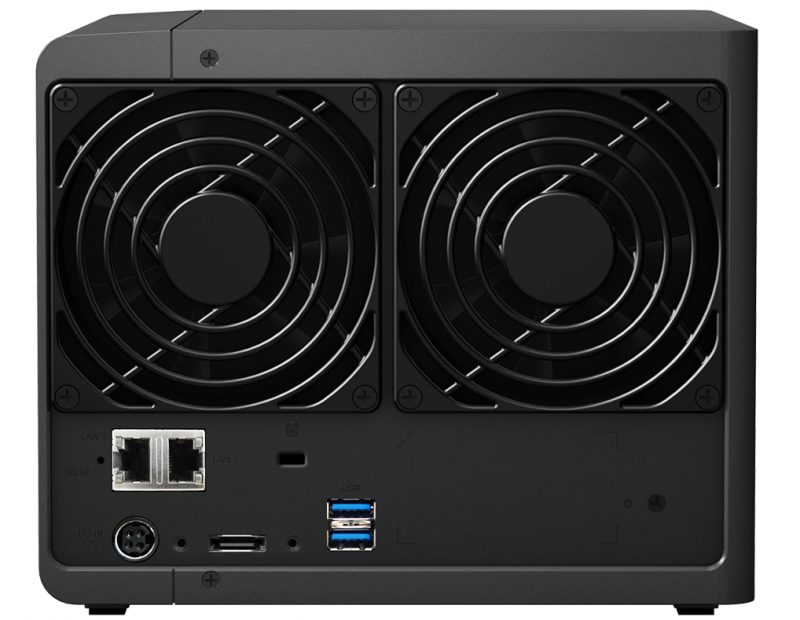
This appears to be a solid NAS unit that can take advantage of many of the advanced network services and features Synology now offers. With 8TB drives running in two sets of RAID 1, one can get 16TB of usable storage (32TB RAW) in this small form factor. With the release of 10TB drives, this could be up to 40TB raw/ 20TB usable. That will satisfy many of the lower-end NAS needs in 2016. Without 10Gbase-T or 10Gb SFP+ it will take quite some time to fill this system but the drives should be capable of saturating the entire gigabit Ethernet links.
Synology DiskStation DS116
This is an interesting NAS as it is a single-bay solution based on a dual core, 32-bit Marvell Armada 385 88F6820 ARM CPU that runs at 1.8GHz. Looking at Synology’s performance specs for the DS116, we can see that the performance is almost enough to saturate a 1GbE interface. I/O is fairly simple with two USB 3.0 ports and a single gigabit Ethernet port. Specs also state support for 8TB drives but not 10TB variants.
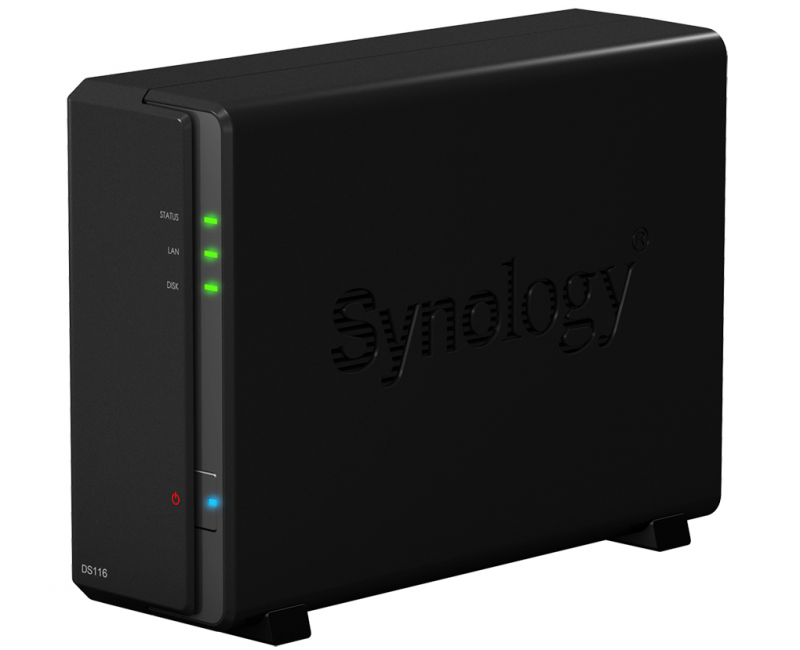
Having a 1-bay NAS is nice because it gets network storage as a backup location. With a 1-bay solution there is no built-in redundancy so as a file share it is not an optimal solution. If users store their files on the 1-bay NAS and the hard drive dies, there is a good chance of having significant downtime or data loss. For users looking at this type of storage, adding a WD MyBook 8TB or the smaller 4TB Seagate
external drives to get some redundancy.

